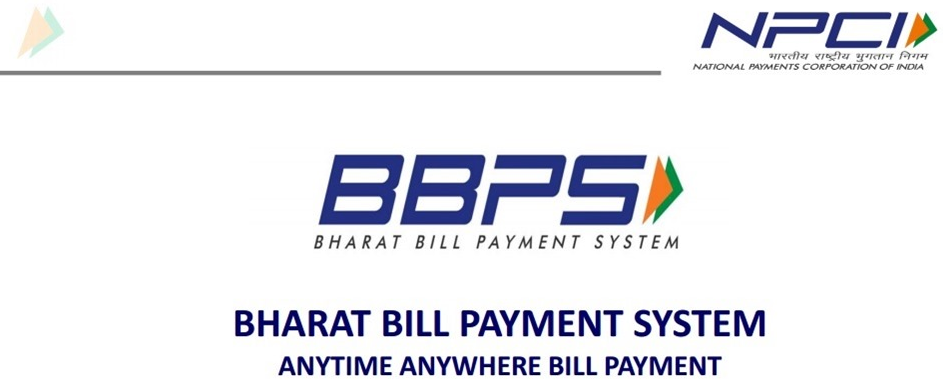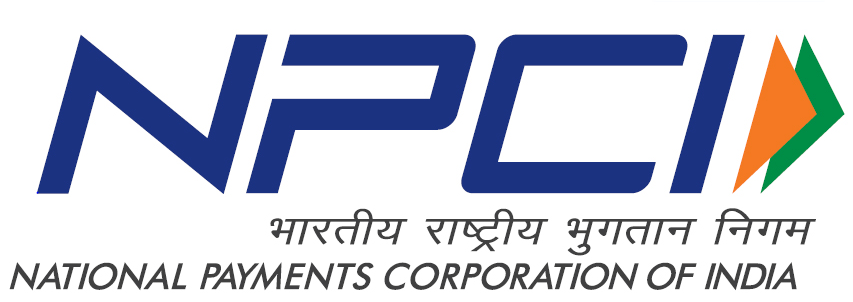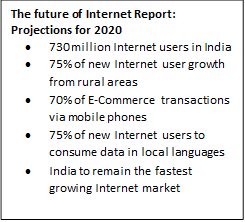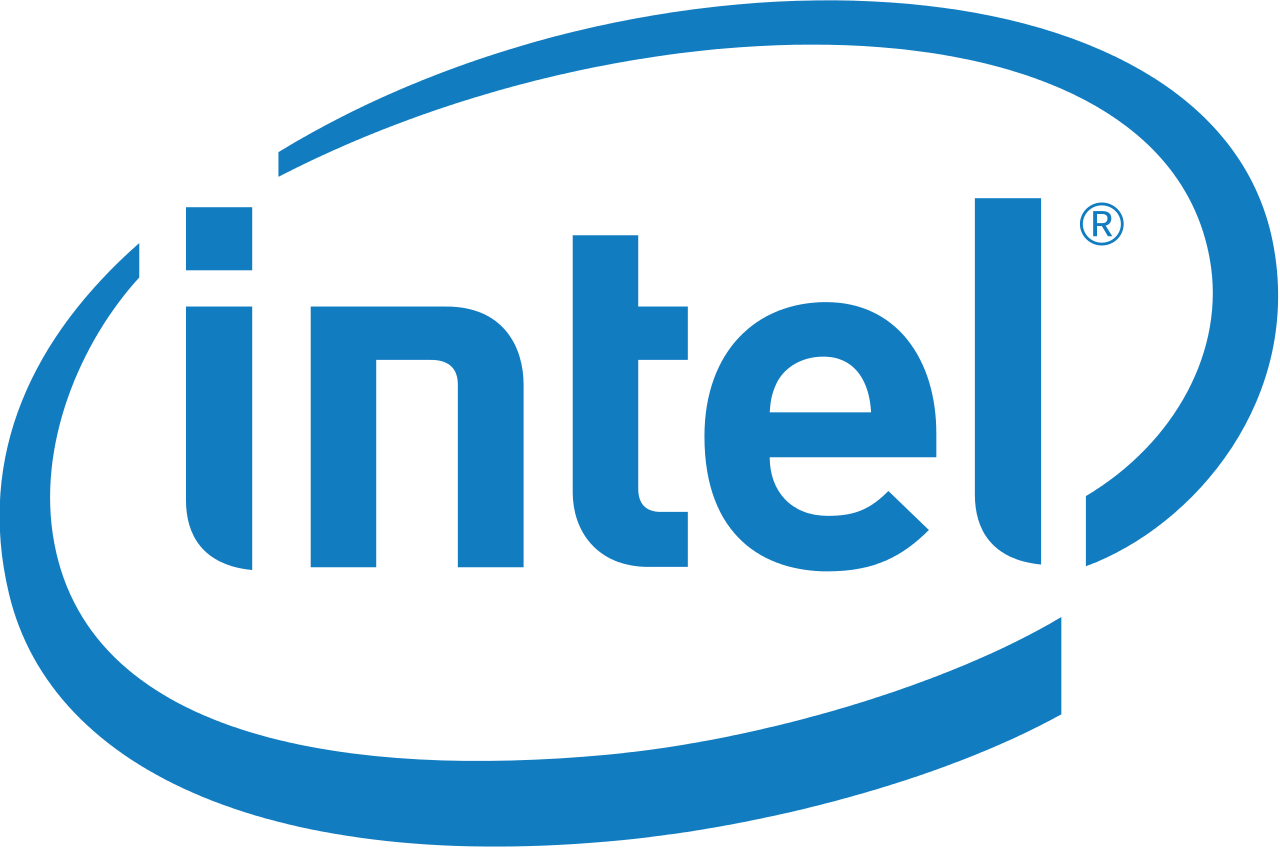National Payments Corporation of India (NPCI), the umbrella organization for all retail payments system in India launched the pilot project for Bharat Bill Payment System (BBPS) with 26 Bharat Bill Payment Operating Units (BBPOUs).
In the first phase, BBPS will cover repetitive payments for everyday utility services such as electricity, water, gas, telephone and Direct-to-Home (DTH).

A. P. Hota, MD & CEO, NPCI said
BBPS, in due course of time would link all major billers in the country with all their consumers which will simplify bill presentment and bill payments electronically. Currently the volume of bills being paid by cash is so large that even if 25 percent of the bills get paid electronically, impact would be visibly enormous.
BBPS is the Reserve Bank of India (RBI) mandated system which will provide inter-operable bill payment services to customers. It is an integrated platform connecting banks and non-bank entities in bill aggregation business like billers, payment service providers, retail bill outlets etc.
As on date 62 entities have received in-principle approval from RBI to function as Operating Units (OU), out of which 52 are Banking entities and 10 are Non-Banking entities.
NPCI functions as the authorized Bharat Bill Payment Central Unit (BBPCU) which will undertake clearing and settlement activities related to transactions routed through BBPS. The RBI authorized BBPOUs will on-board billers, aggregators and payment gateways. They would also set up agent network and customer touch points to handle bill payments through different delivery channels including self-service, assisted, electronic and manual modes.
Pilot Participants BBPOUs
Bank BBPOUs – AP Mahesh Co-operative Urban Bank, Axis Bank, Gopinath Patil Parsik Janata Sahakari Bank, HDFC Bank, ICICI Bank, IDBI Bank, Indian Bank, IndusInd Bank, Kotak Mahindra Bank, Punjab & Maharashtra Co-operative Bank, Punjab National Bank, RBL Bank, State Bank of India, The Saraswat Co-Op Bank, TJSB Sahakari Bank and YES Bank.
Non-Bank BBPOUs – Avenues India Pvt. Ltd, Common Service Centre, Euronet Services India Pvt. Ltd, IndiaIdeas.com (Billdesk), ITZ Cash Card Ltd, One97 Communications Ltd (Paytm), Oxigen Services India Pvt. Ltd, PayU Payments Pvt. Ltd, Spice Digital Ltd and TechProcess Payment Services Ltd.
About NPCI
National Payments Corporation of India (NPCI) was set up in 2009 as the central infrastructure for various retail payment systems in India and was envisaged by the Reserve Bank of India as the payment utility for all banks in the country. During the last six years, the organisation has grown multi-fold from 2 million transactions a day to 25 million transactions now. For more information, please visit http://www.npci.org.in/



 The National Association of Software & Services Companies [NASSCOM]
The National Association of Software & Services Companies [NASSCOM]

